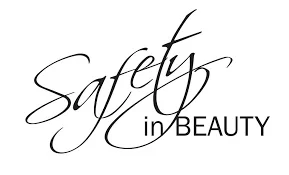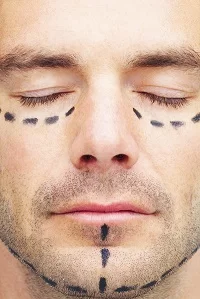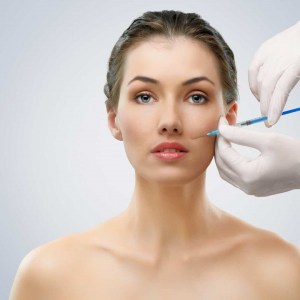We are pleased to announce that we have been short-listed for the Best Training/Educational Professional development award at this years’ Safety in Beauty Diamond awards, alongside our Clinical Director, Mr Adrian Richards who has also be short-listed for Proactive Surgeon of the Year.
 Launched in October 2013 by award winning beauty blogger Antonia Mariconda, Safety in Beauty is a campaign set up to help, educate and empower aesthetic and cosmetic consumers as well as encourage and facilitate a better and safer industry for those entering into it. The awards evening is a night set aside to celebrate and reward those practitioners and surgeons who have gone that extra mile in public safety.
Launched in October 2013 by award winning beauty blogger Antonia Mariconda, Safety in Beauty is a campaign set up to help, educate and empower aesthetic and cosmetic consumers as well as encourage and facilitate a better and safer industry for those entering into it. The awards evening is a night set aside to celebrate and reward those practitioners and surgeons who have gone that extra mile in public safety.
All the short-listed candidates have been complied by Safety in Beauty via a panel of guest judges. Those selected have displayed extraordinary dedication to raising awareness and standards in the beauty, health, aesthetics and cosmetic industry. Examples include the following:
- Those who have selflessly helped those left maimed by botched beauty and aesthetic treatments or cosmetic surgery
- Those who have made a difference by conducting outstanding campaigns, education programmes, or training schemes with the aim of eradicating unsafe practice
- Writers, bloggers, or media representatives who have used their writing skills to raise awareness of the importance of safety and transparency in the industry
- Professionals, brands, and businesses who have given up a significant amount of their time, services, or products to help charitable or pro-bono cases in the beauty and cosmetic interventions industry
- Those who have been dedicated to raising awareness and standards in the industry and who’ve shown perseverance and determination to do so.

The winners will be announced on the 2 July 2016 at a white themed awards party in London.
We would like to wish everyone who has been short-listed the very best of luck!
 In a time when 1 in 4 U.S. adults share their health experiences on social media channels, the medical professionals that made the 2015 RealSelf 500 are recognized both for having an outstanding record of consumer feedback and for providing credible, valuable insights in response to consumer questions about elective cosmetic treatments, plastic surgery, dentistry and more.
In a time when 1 in 4 U.S. adults share their health experiences on social media channels, the medical professionals that made the 2015 RealSelf 500 are recognized both for having an outstanding record of consumer feedback and for providing credible, valuable insights in response to consumer questions about elective cosmetic treatments, plastic surgery, dentistry and more. Mr Richards is an expert contributor to RealSelf, and to date has posted 558 answers to questions on RealSelf. Each month people from all over world ask important aesthetic-related questions, such as “massaging a rippling implant?” or “Possible infection in BA stitches?” Mr Richards also maintains a patient star rating of five out of five stars in RealSelf reviews. For more information on Mr Richards, please visit www.aurora-clinics.co.uk and for the full list of RealSelf 500 Award winners, visit http://www.realself.com/RS500.
Mr Richards is an expert contributor to RealSelf, and to date has posted 558 answers to questions on RealSelf. Each month people from all over world ask important aesthetic-related questions, such as “massaging a rippling implant?” or “Possible infection in BA stitches?” Mr Richards also maintains a patient star rating of five out of five stars in RealSelf reviews. For more information on Mr Richards, please visit www.aurora-clinics.co.uk and for the full list of RealSelf 500 Award winners, visit http://www.realself.com/RS500.
 that male clients made up 9% of the total number of those undergoing cosmetic surgery operations in the UK. These numbers have nearly doubled over the past decade (from 2,440 procedures in 2005 to 4,614 in 2015). However, treatments for men tend to be less invasive than for female clients.
that male clients made up 9% of the total number of those undergoing cosmetic surgery operations in the UK. These numbers have nearly doubled over the past decade (from 2,440 procedures in 2005 to 4,614 in 2015). However, treatments for men tend to be less invasive than for female clients. ranging from wrinkles to the loss of subcutaneous fat and dermal collagen with
ranging from wrinkles to the loss of subcutaneous fat and dermal collagen with 






